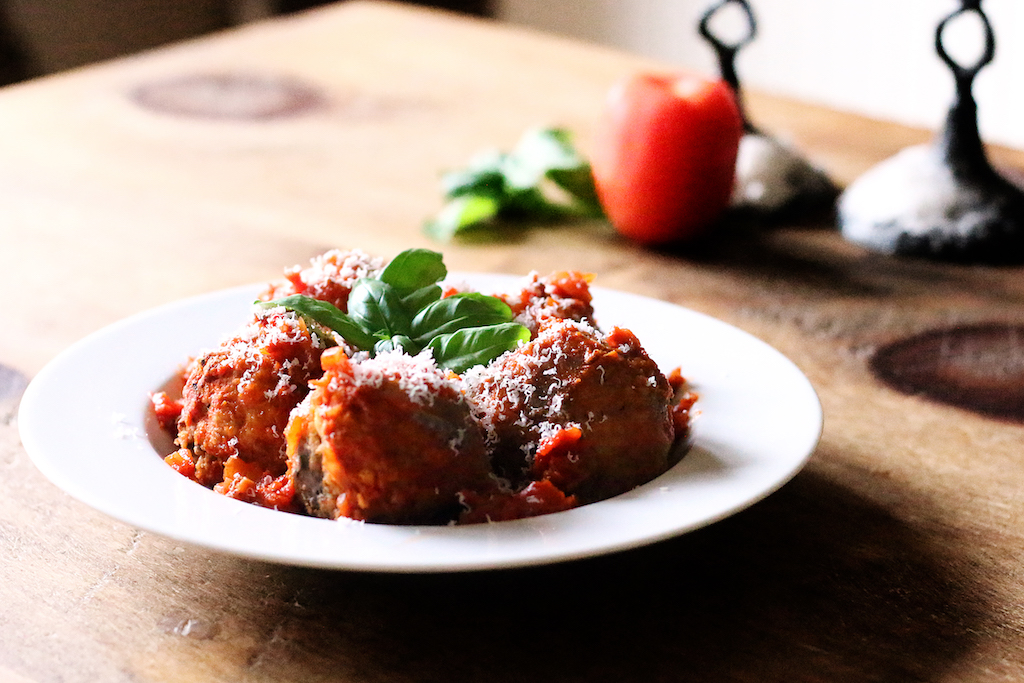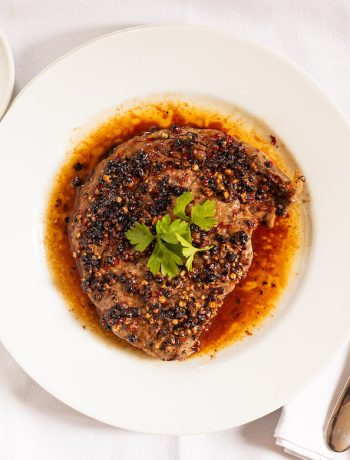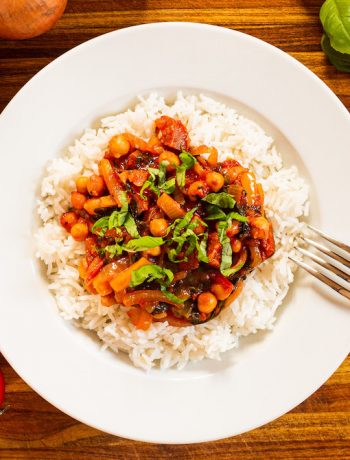Polpette are the Italian edition of meatballs. Meatballs are a very, very old dish. When looking for ancient foods, the trail often runs dry at the ancient Roman book Apicus that dates from the 1st Century AD. However, for meatballs, we may be able go all the way back to the the Shandong province of Eastern China in the period of the Qin Dynasty (211–207 BC). Writings from the time are said to document 四喜丸子, or ‘si xi wanzi,’ which translates to ‘four-joy meatballs.’ Despite sounding like a sex toy, four-joy meatballs is the recipe zero for the dish that has gone all around the globe, and ended up plonked on top of spaghetti in the Scouts song book.

Qin Shi Huang (247 BC – 220 BC), first Emperor of the Qin Dynasty, but was he the first man to eat meatballs?
There is a tale from the Tang Dynasty that says that four-joy meatballs were invented for an academic named Zhang Jiuling who was so clever, the Emperor asked him to marry one of his daughters. There was a simultaneous flood that forever separated Zhang from his parents. On the day of his wedding, Zhang was told his parents were alive and well, and coming along to the nuptials. Zhang was overjoyed, and asked the feast chef to create a dish to symbolise four kinds of joy. The problem with this story is that the Tang Dynasty was on the go in 618–907 AD, which is quite a long time after the Qin one. The four joys in question are known, and these are:
- Courtship
- Marriage
- Child Rearing
- Aging
Back in the modern world, to the possible surprise of most of the USA, Italian meatballs are not served with spaghetti. They are often fried and eaten as a snack without a sauce. If served with a sauce, they are usually a main course or ‘secondi‘ in their own right, with no addition of pasta. Southern Italy is the source of recipes that include a tomato sauce, and this version is very popular in restaurants and kitchens all over the country. In contrast to the American meatball, polpette are prepared quite carefully to create an interesting foodstuff in their own right. No mountain of carbohydrate required.
The recipe here is adapted from that of Anna Del Conte, who remains our anchor in the authenticity of real Italian food.
Polpette di carni
Ingredients
- 50g white bread with the crusts cut off
- 6 tbsp milk
- 500g lean beef mince
- 1 garlic clove, finely chopped
- 1 handful of fresh parsley, finely chopped
- 50g mortadella, chopped (mortadella is an Italian cold cut that can be hard to come by outside of Italy; any thinly-sliced mild salami will do)
- 4 tbsp Parmesan, grated
- A pinch of freshly grated nutmeg
- 3 eggs
- 2 tbsp plain flour
- 50g breadcrumbs, dried or frozen
- 1 onion, chopped
- 400g canned, chopped tomatoes
- 1 garlic clove, minced
- 3 tbsp olive oil
- 50g unsalted butter
- Salt and freshly ground black pepper
Instructions
Soak the bread thoroughly in the milk for 5 mins, and then squeeze it dry. Put it in a bowl with the mince, garlic, parsley, nutmeg, parmesan and chopped cold cut. Season.
Beat the eggs, and add half of them to the mixture, and combine the ingredients evenly with your hands. Make the mixture into meatballs just larger than a golf ball (about the diameter of a dessert spoon is about right).
Set up three bowls of flour, remaining eggs and breadcrumbs. Sequentially treat each meatball to a dusting of flour, a coating of egg and a coating of breadcrumbs. push the crumbs into the meat a little with your hands. Arrange on a plate and refrigerate for at least 1 hour.
Meanwhile, make a Neapolitan sauce. Heat the 1 tbsp of the olive oil in a pan and add the onion. Cook on medium until softened, and add the crushed garlic. Cook for 1 minute longer, and add the tomatoes. Season and cook on low for a least 30 minutes. Check the seasoning, and stir in half the butter until melted.
Now finish the polpette. Heat the rest of the oil in a pan with the remaining butter. Fry the polpette on all sides until golden and crisp. Add the Neapolitan sauce and cook for a further 10 minutes.
Serve hot with a grating of parmesan. No spaghetti.
Notes
For a non-tomato version, finish the meatballs in stock rather than sauce, and drain to serve.



 (3 votes, average: 4.00 out of 5)
(3 votes, average: 4.00 out of 5)


No Comments